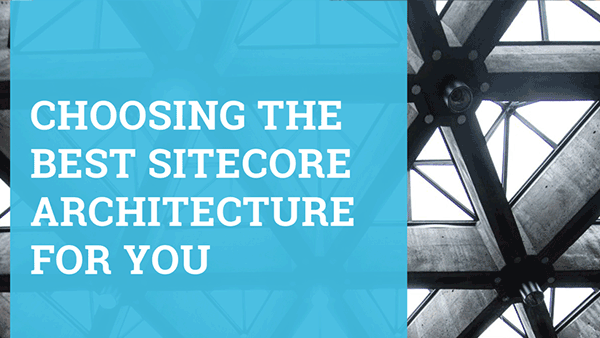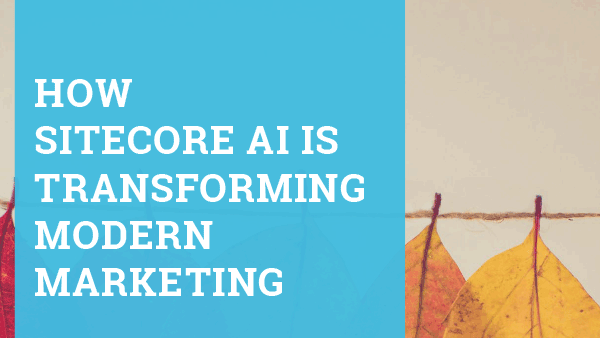

Oct 11, 2021
The headless CMS market is constantly improving and growing daily with the adaption of new and advanced user-experience functionalities.
In recent years, due to the rise of web development technologies, content management systems also need to scale to incorporate multiple other devices and tools, including mobile, tablets, IoT, and virtual assistants.
According to Zion market research, the headless CMS market was valued at approximately USD 328.5 million in 2019 and is expected to increase to USD 1,628.6 million by 2027. This shows how rapidly businesses around the globe are digitizing and shifting towards headless CMS.
According to Forrester, one of the main reasons behind the incremental trend of headless CMS is that the professionals dealing in the world of content management technologies are focused on an API-first approach, which results in the rise of new headless content management systems. The headless CMSs, being distributed content service providers, are the future of digital experience and content architectures.
Sitecore is one of the best-known, enterprise-grade headless CMSs in the market. It offers API-first content delivery, omnichannel capabilities, and a robust personalization engine.
In this post, we will talk about what makes Sitecore a solid choice as a headless CMS.
Sitecore and The Headless Architecture
There are a couple of definitions for a headless CMS, but the core philosophy of a headless platform is the decoupling of content from the presentation layer.
In other words, the content is independent of any website template or front-end code, which means content editors can publish content anywhere via APIs regardless of your front-end code or web template.
In the modern definition, the term headless CMS refers to a CMS that cedes responsibility for delivery of the front end user experience to an entity outside of the CMS. The CMS is responsible for management of the content (workflow, versioning, structure) while delivery to the device is performed by an outside app (typically a JS application on the web but could be a mobile app or kiosk) which requests the content via APIs from the headless CMS.
Despite having some of the features that the development world has associated with a headless CMS, the company had never marketed its CMS as “headless.”
However, separating content from presentation has always been one of Sitecore’s core values.
The first two versions of Sitecore were, in fact, designed with a content management layer separate from the abstract layer, where the abstract layer requested content via an API.
Later versions of Sitecore introduced a layout engine as a central front-end layer that linked the content management layer to the API with layout definitions (e.g., templates that define how the layout is built).
Yet, the presentation layer — or layout engine — has always been separated from the content.
Furthermore, Sitecore has evolved its web services API to utilize the most recent advances (like OData) while always keeping the content separate from the design of the content. This is what headless proponents mean by “decoupling content from its presentation” that Sitecore also proposes.
Sitecore stores content as small modules, and its layout engine places these modules in a web presentation design. Additionally, a mobile application engineer can utilize Sitecore’s API to call those modules and reuse them in a mobile application. That way, when a content editor changes something on Sitecore, visitors can see how the content changes to reflect those edits on which the content modules have been called or reused.
To read more about the headless architecture in detail, read more here: “What is a Headless CMS?”
The Sitecore Products You Need to Go Headless
There are three ways Sitecore enables you to go headless. Here are the avenues you could go down, along with their features and functionalities:
Sitecore Experience Edge for Content Hub
Sitecore Experience Edge for Content Hub is a SaaS product that combines DAM with headless content delivery. It gives users a centralized hub from which to plan, create and personalize content; and a delivery platform to publish channel-on-demand atomic content via GraphQL APIs.
It integrates with internal solutions like Content Hub and external technical stacks like JAMstack to foster pre-rendering experiences and integration with modern frameworks. With Sitecore XP, marketers get the tools they need for content planning, collaboration, authoring, and analytics.
Like Content Hub, speed, flexibility, and visibility remain the core focus area for Sitecore in its updates to the subject platform. Key benefits include faster time to market, reducing infrastructural complexity, and headless integration with any platform along industry standards.
Sitecore Experience Edge for Sitecore Experience Manager
Also called Sitecore Experience Manager, Sitecore Experience Edge is a SaaS-based CMS that enables headless content delivery. This software solution serves as a standalone delivery platform to publish static content on Sitecore JSS and headless sites.
Sitecore Experience Edge is an end-to-end cloud-based marketing development platform that allows for delivering content headlessly at scale to any customer touchpoint. Experience Edge is at the crossroads of marketing and development and enables the creation of tailored content without manipulating the technical architecture.
In essence, Experience Edge allows for innovation along the lines of quickly generating a digital content experience tailored to the individual customer touchpoints - whether desktop, mobile, tablet, or any other device.
Sitecore Experience Platform
Sitecore Experience Platform is a full-fledged DXP with headless content management/delivery. It combines customer data, analytics, marketing automation capabilities, and AI to nurture customer needs throughout the journey via personalized content in real time across all channels.
It integrates with internal solutions like Content Hub and external technical stacks like JAMstack to foster pre-rendering experiences and integration with modern frameworks. With Sitecore XP, marketers get the tools they need for content planning, collaboration, authoring, and analytics. Experience Platform provides the availability of real-time personalized content in customer journeys, giving insights into data, analytics, AI, and marketing automation.
Make The Most of Your Sitecore Implementation With Oshyn
Sitecore is an enterprise-grade headless CMS with robust functionality and reliability, but it can be unwieldy if you don’t know how to leverage it properly. You just need experts in your corner to ensure your developers and marketers are getting the most out of it.
Oshyn has been a Sitecore implementation partner for well over a dozen years and has worked closely with brands and agencies including the likes of Vitro, 72andSunny, and DigitasLBi, Crispin Porter + Bogusky, CUNA Mutual, Dole, Aetna, Wolters Kluwer, NW Natural, and more. We offer end-to-end, agile-based software development to build, deploy, and maintain websites and apps. This allows for optimizing workflows and experiences across multiple channels and building up a scalable and sustainable infrastructure for large and medium-scale enterprises.
Oshyn develops its own tailored solutions on top of the Sitecore ecosystem to offer services like Build, Maintain, and DevOps. Start your project with Oshyn with a Technical Assessment and gain clarity on where to start with site improvements: Sitecore Technical Assessment







